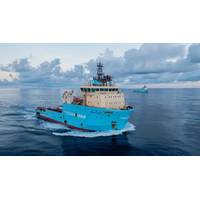
Maersk and The Ocean Cleanup Forge Ahead in Plastic Capture
of A.P. Moller Holding and Chair of A.P. Moller – Maersk: “The Ocean Cleanup holds an important mission to remove plastics from the oceans, one of the biggest environmental challenges of our time. Today, plastic pollution impacts hundreds of marine species, and it contaminates the marine food chain with toxic pollutants. With this in mind, Maersk Supply Service, A.P. Moller – Maersk and the A.P. Moller Foundation have decided to extend support to The Ocean Cleanup to finalise and validate their technology and system.”The agreement between Maersk Supply Service, A.P. Moller &ndash
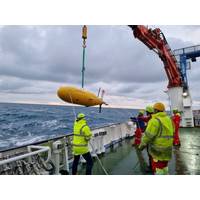
Project Trio Looks at the Sea Life, Carbon Storage Connection
how diversity and ecology influence the oceans’ ability to absorb carbon dioxide. Part of the CHALKY project will examine the influence of marine viruses and grazing by zooplankton, microscopic animals such as copepods, foraminifera and sea snails that form a vital part of the ocean’s food chain.Project 3:The Integrating Drivers of Atlantic Productivity (IDAPro) project will further use a combination of ship-based, robotic and satellite platforms, to improve the understanding of the productivity of phytoplankton, the single cell organisms that form the basis of all life in the ocean and
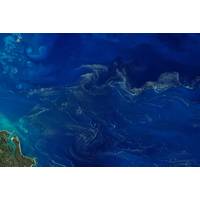
Modeling Micro-algae to Better Understand the Workings of the Ocean
l'auteurThe new model allows us to address understudied issues, such as competition between diazotrophs, but also to better understand the role microalgae play in the context of a changing planet. What is their importance as a source of nitrogen going to be for other producers at the bottom of the food chain? Can diazotrophs help limit the effects of climate change? The possibilities for further research opened up by this more realistic representation are huge.The NOTION research project described in this article is generously supported by Foundation BNP Paribas as part of its Climate and Biodiversity
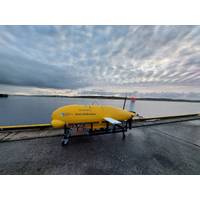
New Funding for Robot Fleet to Study Ocean Carbon Cycle
, but we are unsure which organisms are producing carbonates and where.At what rate does marine life convert CO2 into organic carbon? Carbon dioxide is removed from the ocean by being converted to organic matter by phytoplankton – microscopic single-cell plants which form the basis of the food chain. Whether global phytoplankton growth will increase or decrease under climate change is unknown. How does climate change affect the future storage of carbon in the ocean? The creatures forming the marine ecosystem eventually respire the organic carbon as CO2. To determine the speed at which
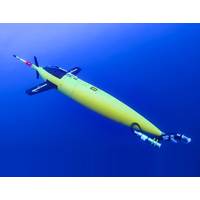
New Tech Frontiers for Ocean Gliders
is among the financial supporters of the project).To date, putting biological sensors on commercial gliders hasn’t been done, he says. Scripps Institution of Oceanography had developed the Zooglider, which takes images and acoustic measurements of zooplankton (a key element of the aquatic food chain), but this was a research project and nothing has been developed in the commercial realm.A project, called Bridges, which ran 2015-2019, had focused on miniaturising instruments for use on to gliders. This included the UVP6 (Underwater Vision Profiler 6, an imaging sensor with strobe lights to
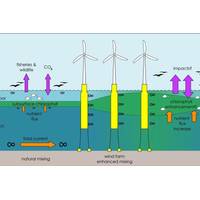
Oceanographers Call for Study on Impact of Floating Wind on Shelf Seas Mixing and Marine Life
Lincoln of Bangor University explains, "Our shelf seas are fully mixed during winter, but during summer months the deeper regions stratify, with a warm surface layer overlying the cooler water below. This triggers a phytoplankton bloom which can be seen from space and forms the base of the marine food chain, supporting fish, seabirds and whales. During the summer months following the spring bloom, phytoplankton growth is supported by nutrients stirred up from below by turbulence associated with wind and tides. This turbulence also mixes oxygen down to the deep water, where it is required for other

Wind Turbines Can Breathe New Life into Warming Seas
into layers in the spring with warm sunlit water forming over the top of colder water below. The formation of this “stratification” during spring triggers a massive explosion of marine life as phytoplankton (microscopic algae) blooms in the warm surface waters, forming the base of a food chain which ultimately supports fish, seabirds and whales.However, the nutrients in the sunlit surface layer rapidly become exhausted by the plankton bloom. After this point, growth depends on nutrients stirred up from the deep water by turbulence associated with tides, winds and waves.This turbulence
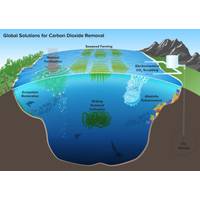
Carbon Dioxide Removal (CDR) ... To Clear the Air, Look Beneath the Waves
of Sciences, Engineering and Medicine (NASEM), there are currently six main ocean CDR techniques: 1) seaweed farming to increase green space that needs CO2 to grow, 2) nutrient fertilization to enhance phytoplankton growth and uptake of CO2, 3) ecosystem restoration to move carbon dioxide through the food chain and into the ocean via fecal matter and organic matter, 4) artificial upwelling and downwelling to bring nutrient rich water to the surface and increase marine plant productivity, 5) alkalinity enhancement to raise the pH of seawater and increase its ability to absorb CO2 and 6) electrochemical
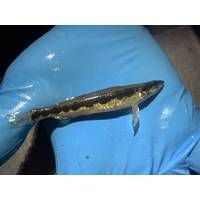
Fish Spotted After 81 Years
policies. The Darter sightings indicate that not only is the Darter population increasing but that a larger population can expand into new territory, including the Ohio River, because of marked water quality improvements. The Darter, of course, impacts a larger ecosystem. It is an important part of the food chain. It eats insects. It is food for larger game fish – bass and walleye. It serves to disperse freshwater mussels, immobile creatures which need a host to carry offspring to different locations. Good news already in 2022



 February 2024
February 2024





